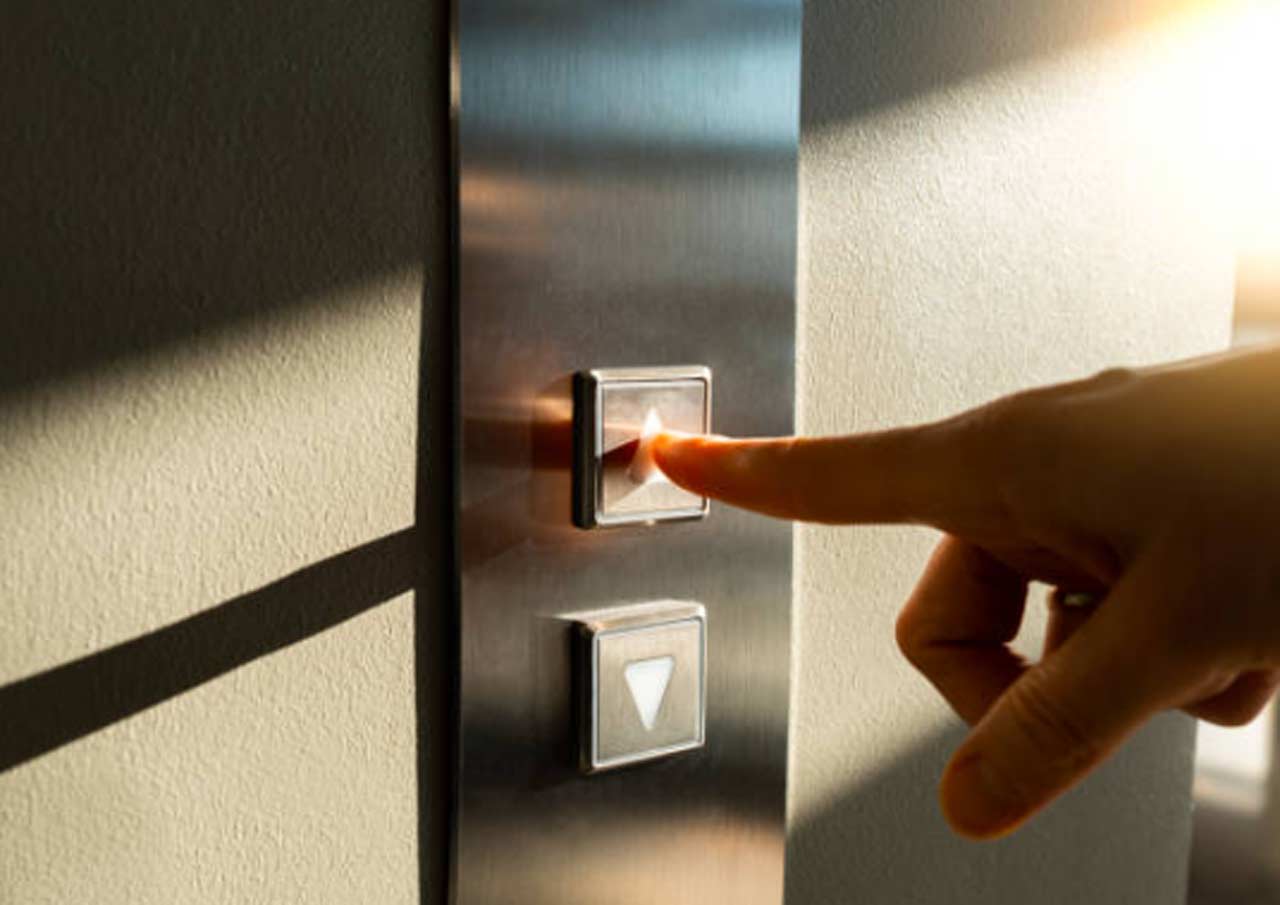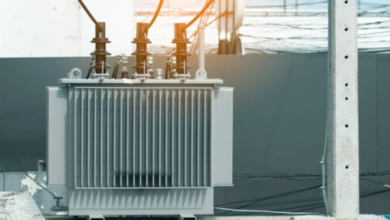Installing a lift in a small house can significantly enhance convenience and accessibility. As urban homes in India become more vertical due to space constraints, domestic lifts are increasingly popular. This guide covers everything you need to know before installing a lift in your home.
1. Types of Domestic Lifts
There are several types of domestic lifts to choose from, each with its advantages:
- Screw and Nut Lifts: Developed in Sweden, these types of lifts are the most space efficient lifts with no need for pit, headroom or machine room. The ride is silent and ideal for private homes 2-6 floors.
- Hydraulic Lifts: Operate smoothly and are ideal for small spaces. They require a machine room but offer a quiet ride.
- Traction Lifts: Use ropes and counterweights. They are energy-efficient but need more space for the machine room.
- Pneumatic Lifts: Also known as vacuum lifts, they are easy to install and do not require a machine room. They are perfect for homes with space limitations.
Choosing the right lift type for your small house depends on your specific needs and space availability.
2. Space Requirements
When considering a lift for a small house, space is a critical factor. Measure the available area carefully. Hydraulic lifts require a machine room, which may take up additional space. Pneumatic lifts are more compact and can be installed with minimal modifications to the existing structure.
3. Safety Features
Safety should be a top priority when installing domestic lifts. Modern lifts come with various safety features such as:
- Emergency Alarm: Alerts in case of an emergency.
- Auto-Rescue Device: Ensures the lift reaches the nearest floor during a power failure.
- Door Sensors: Prevents the lift from moving if the doors are not fully closed.
- Backup Power: Allows the lift to operate during power outages.
Ensure the lift you choose complies with Indian safety standards and regulations.
4. Load Capacity
The load capacity of the lift is another important consideration. For a small house, a domestic lift typically has a capacity ranging from 250 to 400 kg, which is sufficient for 3-4 people. Assess your household’s needs to determine the appropriate load capacity.
5. Installation Process
The installation process for domestic lifts varies depending on the type of lift. Hydraulic lifts may take longer due to the need for a machine room and additional structural modifications. Pneumatic lifts, on the other hand, have a simpler and quicker installation process. Hiring experienced professionals for the installation is crucial to ensure safety and efficiency.
6. Maintenance and Servicing
Regular maintenance is essential to keep your lift functioning smoothly. Choose a lift provider that offers comprehensive maintenance services, including regular inspections, emergency repairs, and replacement of worn-out parts. This ensures the longevity and reliability of your domestic lift.
7. Cost Considerations
The cost of installing a lift for a small house can vary widely based on the type of lift, the complexity of the installation, and additional features. The cost can range from INR 5 lakhs to INR 15 lakhs. When budgeting for your lift, it’s important to get detailed quotes from multiple providers and factor in ongoing maintenance costs.
8. Customization Options
Modern domestic lifts offer various customization options to match your home’s aesthetics and meet specific needs. You can choose from different cabin designs, materials, and colors. Some lifts offer advanced features such as touch-screen controls, voice commands, and smart home integration.
Energy Efficiency and Environmental Impact
When selecting a lift for a small house, it’s essential to consider the energy efficiency and environmental impact of the lift system.
-
Energy Consumption
Modern domestic lifts are designed to be energy-efficient, reducing operational costs and minimizing environmental impact. Hydraulic lifts typically consume more energy due to the use of hydraulic fluid and the need for a machine room. However, newer models come with energy-saving features. Traction lifts are generally more energy-efficient, especially those with regenerative drives that can feed energy back into the building’s power system. Pneumatic lifts consume the least energy since they use air pressure to operate.
-
Environmental Impact
Choosing an environmentally friendly lift can contribute to reducing your household’s carbon footprint. Traction lifts, particularly those with energy-efficient motors and LED lighting, have a lower environmental impact compared to older hydraulic systems. Additionally, using lifts made from recyclable and sustainable materials can further enhance their eco-friendliness. Opt for providers that prioritize sustainability in their manufacturing processes and materials.
Government Regulations and Building Codes in India
Before installing a domestic lift, it’s crucial to be aware of India’s government regulations and building codes.
-
Regulatory Compliance
In India, lift installations are governed by various regulations to ensure safety and quality. The Bureau of Indian Standards (BIS) sets the guidelines for lift design, installation, and maintenance under the IS 14665 series. Compliance with these standards is mandatory for all lift installations. It’s important to work with licensed contractors who are familiar with these regulations to avoid legal issues and ensure the safety of your installation.
-
Building Codes
Different states in India might have specific building codes and regulations concerning lift installations. For instance, the Maharashtra Lifts, Escalators, and Moving Walks Act, 2017, outlines the requirements for lift installations in Maharashtra. Similarly, other states have regulations that must be adhered to. Ensuring your installation meets these local codes is crucial for safety and legal compliance.
-
Permits and Inspections
Before installation, you must obtain the necessary permits from local authorities. Post-installation, the lift must be inspected and certified by a government-approved inspector. Regular inspections are also mandated to ensure continued compliance with safety standards.
Conclusion
Installing a domestic lift can greatly enhance the convenience and accessibility of your home. You can make an informed decision by understanding the types of lifts available, space requirements, safety features, load capacity, installation process, maintenance needs, cost considerations, and customization options. For more information on installing a lift in your home, visit them.
Choosing the right lift for a small house ensures that your home remains accessible and convenient, enhancing the quality of life for all residents.









